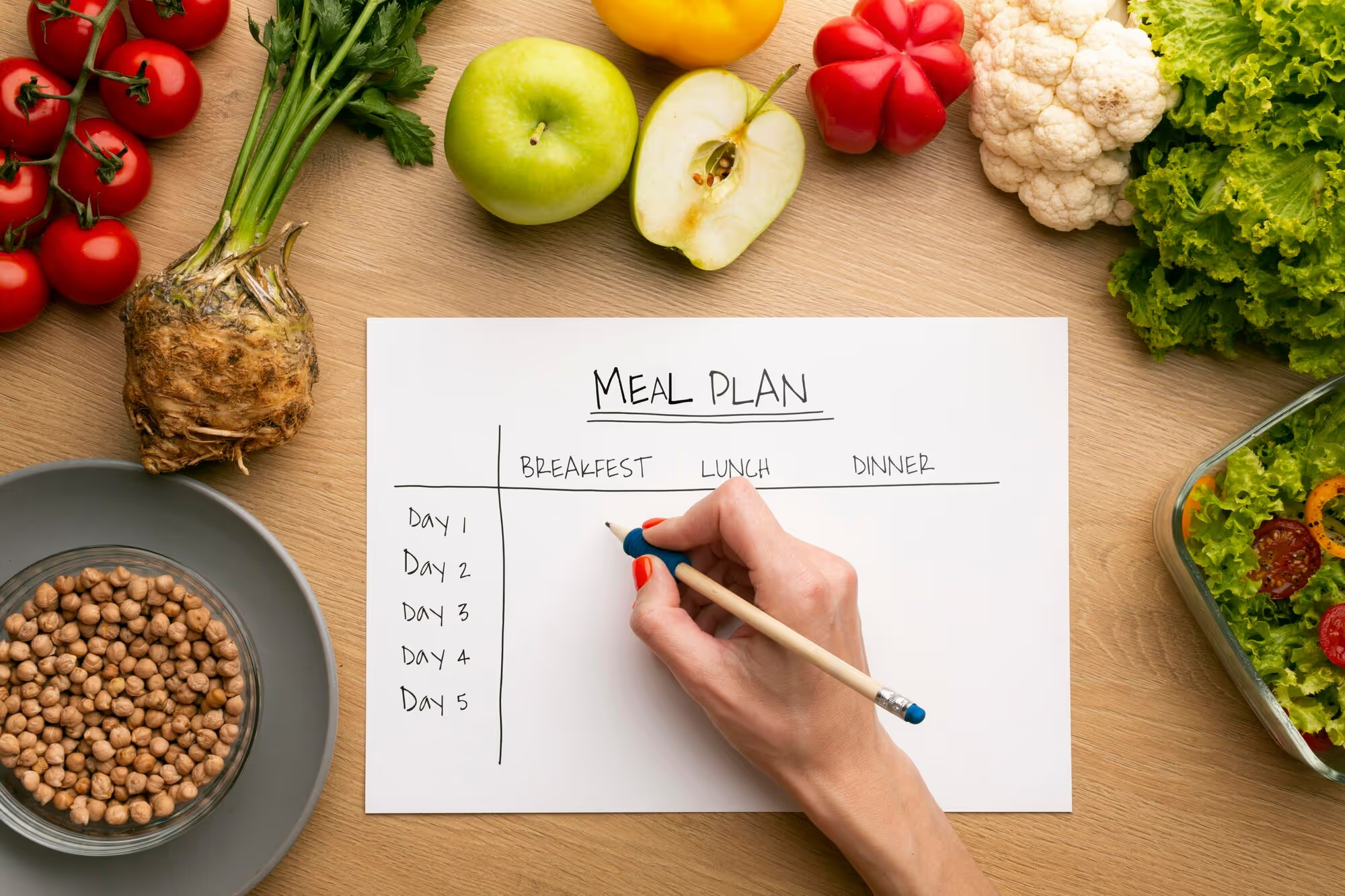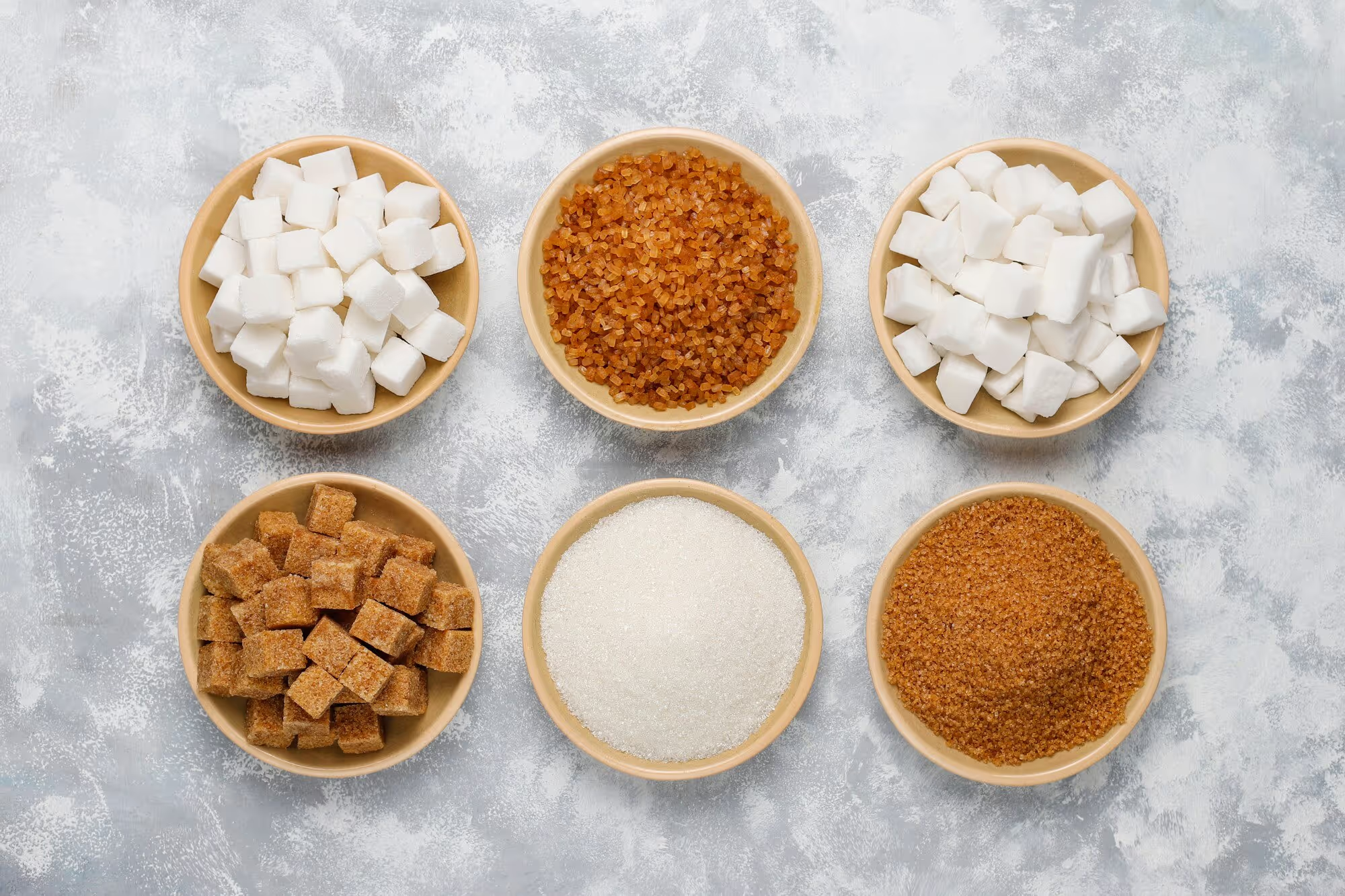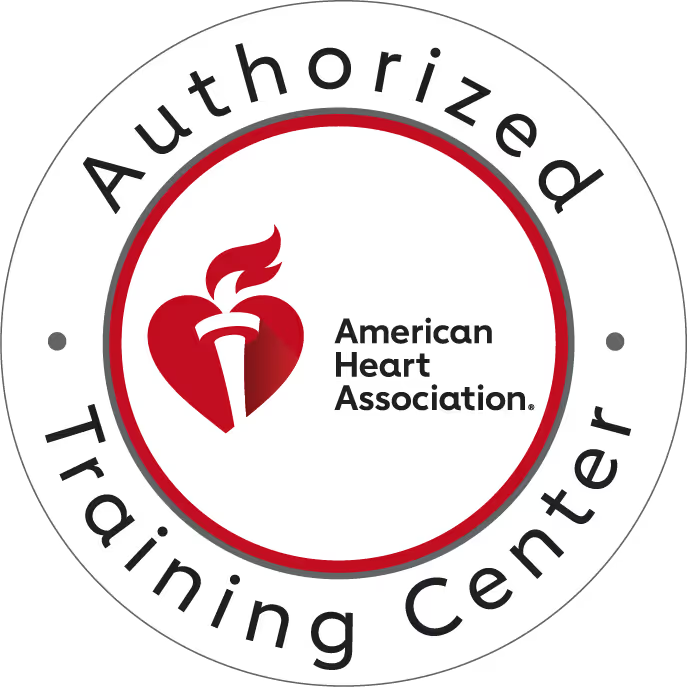
Meal Planning for a Healthy Heart
Heart disease is one of the leading causes of death worldwide, but the good news is that many risk factors for heart disease can be managed or even reversed with the right lifestyle changes. One of the most impactful changes you can make is to improve your diet. A heart-healthy diet is not only about what you eat but also how you plan your meals. By strategically planning your meals, you can lower your risk of heart disease, control cholesterol levels, reduce blood pressure, and maintain a healthy weight. In this article, we’ll explore how to plan meals that promote heart health and help you maintain a healthy heart.
The Importance of a Heart-Healthy Diet
A heart-healthy diet focuses on nourishing your body with the right balance of nutrients to keep your heart strong and your blood vessels functioning well. Key components of a heart-healthy diet include:
- Healthy fats: Incorporating good fats that can help lower harmful cholesterol levels.
- Fiber-rich foods: Foods like fruits, vegetables, whole grains, and legumes, which support healthy digestion and help control cholesterol.
- Lean protein: Sources like fish, poultry, and plant-based proteins that provide necessary nutrients without contributing to heart disease risk.
- Low sodium: Reducing sodium intake to help maintain healthy blood pressure.
- Antioxidant-rich foods: Foods that help combat oxidative stress and inflammation, which are linked to heart disease.
Key Nutrients for a Healthy Heart
Before we dive into meal planning, let’s review some of the most important nutrients that play a role in heart health:
- Omega-3 Fatty Acids: Found in fatty fish (like salmon, mackerel, and sardines), flaxseeds, and walnuts, omega-3 fatty acids help reduce inflammation, lower triglyceride levels, and protect against heart disease.
- Fiber: Soluble fiber, found in foods like oats, beans, lentils, and fruits, helps lower cholesterol levels and supports healthy digestion. Insoluble fiber, found in whole grains, vegetables, and nuts, is beneficial for maintaining a healthy weight and regulating blood sugar levels.
- Antioxidants: Found in colorful fruits and vegetables (such as berries, spinach, kale, and peppers), antioxidants protect the heart by reducing inflammation and oxidative stress. These compounds also improve blood vessel health and circulation.
- Potassium: Foods rich in potassium, such as bananas, sweet potatoes, spinach, and beans, help lower blood pressure by balancing the effects of sodium and supporting proper muscle function.
- Magnesium: Magnesium-rich foods like almonds, leafy greens, and whole grains can help regulate blood pressure and support heart rhythm.
- Healthy Fats: Replacing unhealthy saturated fats and trans fats with healthy fats from sources like olive oil, avocados, nuts, and seeds can help lower LDL (bad) cholesterol and reduce the risk of heart disease.
Meal Planning Tips for a Healthy Heart
Planning heart-healthy meals requires a thoughtful approach to balance nutrients, minimize processed foods, and make sure you are consuming foods that support cardiovascular health. Here are some meal planning tips to help you get started:
1. Focus on Whole, Unprocessed Foods
One of the best ways to support heart health is by eating whole, unprocessed foods. Processed foods often contain unhealthy fats, added sugars, and high levels of sodium, all of which can contribute to heart disease risk. Instead, focus on fresh fruits and vegetables, whole grains, lean proteins, and healthy fats.
- Meals: Consider meals like quinoa with grilled vegetables, baked salmon with a side of roasted sweet potatoes, or a vegetable stir-fry with tofu and brown rice.
- Snacks: Choose healthy snacks like fresh fruit, raw almonds, or hummus with carrot sticks.
2. Plan Balanced Meals with Lean Protein
Protein is important for maintaining muscle mass and overall health, but it’s essential to choose lean sources to prevent excess saturated fat from contributing to heart disease risk. Opt for lean proteins such as fish, poultry, legumes, beans, and plant-based proteins like tofu and tempeh.
- Meals: Grilled chicken breast, lentil soup, baked white fish with steamed broccoli, or a chickpea salad with olive oil and lemon dressing.
3. Incorporate Heart-Healthy Fats
Replace saturated fats (found in fatty cuts of meat, butter, and full-fat dairy) with unsaturated fats, which can help reduce cholesterol levels. Healthy fats from olive oil, avocados, nuts, seeds, and fatty fish are excellent choices for heart health.
- Meals: A salad topped with avocado and walnuts, whole-grain toast with almond butter, or a salmon fillet with a side of sautéed spinach in olive oil.
- Cooking Tip: Use olive oil or avocado oil for cooking instead of butter or margarine.
4. Increase Fiber Intake
Fiber is essential for lowering cholesterol levels and promoting heart health. Aim to include a variety of fiber-rich foods in your meals. Whole grains like oats, brown rice, quinoa, and whole wheat pasta are excellent sources of fiber, as are beans, lentils, fruits, and vegetables.
- Meals: Oatmeal topped with fresh berries and flaxseeds, a black bean chili, or a quinoa salad with chickpeas and roasted vegetables.
5. Choose Low-Sodium Options
Excess sodium can lead to high blood pressure, which is a major risk factor for heart disease. Be mindful of sodium intake by avoiding processed and canned foods, which often contain high levels of salt. Instead, opt for fresh ingredients and flavor your meals with herbs and spices rather than salt.
- Meals: A homemade vegetable soup with no added salt, grilled chicken with a lemon and herb marinade, or roasted vegetables with garlic and rosemary.
6. Incorporate Antioxidant-Rich Foods
Antioxidants, such as vitamins C and E, protect the heart by fighting inflammation and oxidative stress. Eating a variety of colorful fruits and vegetables ensures you get a broad spectrum of antioxidants. Berries, leafy greens, tomatoes, carrots, and bell peppers are all rich in antioxidants.
- Meals: A spinach and berry salad with a balsamic vinaigrette, a vegetable stir-fry with bell peppers and carrots, or roasted sweet potatoes with a side of sautéed kale.
7. Control Portion Sizes and Eat Mindfully
Eating in moderation is key to maintaining a healthy weight and supporting heart health. Pay attention to portion sizes, and try to avoid overeating by eating slowly and savoring your meals. Mindful eating can help you develop a healthier relationship with food and make better choices.
- Meal Planning Tip: Plan for smaller, balanced meals throughout the day rather than large meals to prevent overeating.
Example Heart-Healthy Meal Plan
Breakfast:
- Oatmeal made with almond milk, topped with fresh berries, chia seeds, and a drizzle of honey.
- A side of green tea or a smoothie made with spinach, banana, and flaxseeds.
Lunch:
- Grilled salmon with quinoa, steamed broccoli, and a side of mixed greens with olive oil and lemon dressing.
- A small serving of almonds or walnuts.
Snack:
- Hummus with carrot sticks or cucumber slices.
- A handful of mixed berries.
Dinner:
- Lentil soup with a side of whole-grain bread and a small salad with avocado and olive oil dressing.
- A piece of dark chocolate (70% cocoa or higher) for dessert.
Conclusion
Meal planning for a healthy heart is all about making mindful, nutrient-dense choices that promote cardiovascular health. By focusing on whole, unprocessed foods, incorporating heart-healthy fats and lean proteins, and increasing your fiber and antioxidant intake, you can significantly reduce your risk of heart disease. Remember that small changes add up over time, so start with a few heart-healthy meals each week and gradually build on them to create a balanced, sustainable diet. Your heart will thank you for it!
Related Articles















